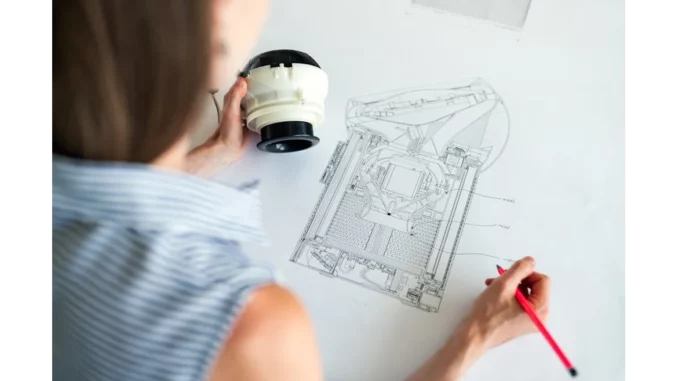
In the contemporary era, where sustainable industrial practices are at the forefront of global priorities, the diamond-like carbon (DLC) market is emerging as a significant contender for growth. Forecasts suggest that the market could reach an impressive USD 3.6 billion by 2031. This anticipated expansion is largely attributed to the unique properties of DLC, such as its exceptional wear resistance and chemical inertness, which are increasingly sought after across diverse industries. To gain a deeper understanding of this burgeoning market, I engaged with Dr. Emily Harris, a distinguished materials scientist and industry expert. Dr. Harris provided valuable insights into the market’s current dynamics and highlighted the crucial influence of environmental regulations and ongoing research and development (R&D) activities.
Dr. Harris, who has dedicated over ten years to exploring DLC technologies, began by offering an overview of the market landscape. “DLC coatings are becoming essential due to their robustness and versatility,” she stated. “Industries spanning from automotive to electronics are favouring DLC for its capability to minimise friction, bolster durability, and safeguard delicate surfaces.” Her observations underscore the growing recognition of DLC’s multifaceted benefits in enhancing both performance and longevity of products, aligning well with the global shift towards sustainability.
A pivotal factor driving the expansion of the DLC market is the stringent environmental regulations being rolled out globally. Dr. Harris emphasised that these regulations serve not only as challenges but also as catalysts for innovation within industries. “The demand for greener solutions is prompting companies to seek materials that extend product life and reduce waste. DLC aligns perfectly with this narrative, as it substantially decreases the need for frequent replacements and maintenance,” she remarked. This alignment with sustainable practices presents DLC as a promising solution to the dual challenge of environmental responsibility and economic efficiency.
The discourse then transitioned to the indispensable role of research and development in the DLC market’s progression. According to Dr. Harris, continuous innovation is paramount to the sector’s advancement. “We’re witnessing a surge of exciting developments in DLC applications, particularly within medical devices and electronics,” she explained. “DLC’s biocompatibility makes it an ideal choice for medical implants, while its thermal conductivity is being utilised to enhance the efficiency of electronic components.” Such advancements underscore the importance of R&D in not only improving existing products but also in unlocking new potential applications for DLC.
Dr. Harris further elaborated on the creation of mixed DLC variants, which blend different DLC types to cater to specific industrial requirements. “This customised approach is transforming industrial perceptions of DLC coatings. Whether it’s developing longer-lasting drill bits or crafting optical lenses with enhanced clarity, the possibilities are expanding at a remarkable pace,” she enthused. This tailored innovation is indicative of a broader trend towards bespoke solutions in manufacturing, where the demand for precision and specificity is increasingly paramount.
Our discussion also explored the regional dynamics influencing the DLC market. While North America and Europe continue to exhibit robust growth, the Asia-Pacific region is rapidly establishing itself as a formidable player. “Countries such as China, Japan, and India are making substantial investments in manufacturing and technology, driving up the demand for DLC coatings,” Dr. Harris noted. “The thriving automotive and electronics sectors in these regions underscore the strategic significance of DLC in the global market.” The growth trajectory in these regions highlights the interconnected nature of global industrial expansion and the pivotal role of DLC within it.
Dr. Harris also acknowledged the vital collaborative efforts between academia and industry in propelling DLC advancements. “Universities and research institutions are closely working with companies to push the boundaries of DLC technology,” she shared. “This synergy is essential for tackling the complex challenges of modern manufacturing and ensuring that DLC remains at the forefront of innovative solutions.” Such partnerships are instrumental in fostering a culture of continuous improvement and adaptation, which is crucial for maintaining the momentum in the DLC market.
As we concluded our conversation, Dr. Harris reflected on the future trajectory of the DLC market. “We are on the brink of a new era where sustainable and high-performance materials are no longer optional but essential,” she asserted. “The DLC market is well-positioned to spearhead this movement, thanks to its inherent properties and the relentless pursuit of innovation by industry stakeholders.” Her insights encapsulate the broader narrative of a market poised to play a pivotal role in the future of manufacturing and technology, driven by its alignment with sustainability and its commitment to progress through innovation.


Be the first to comment